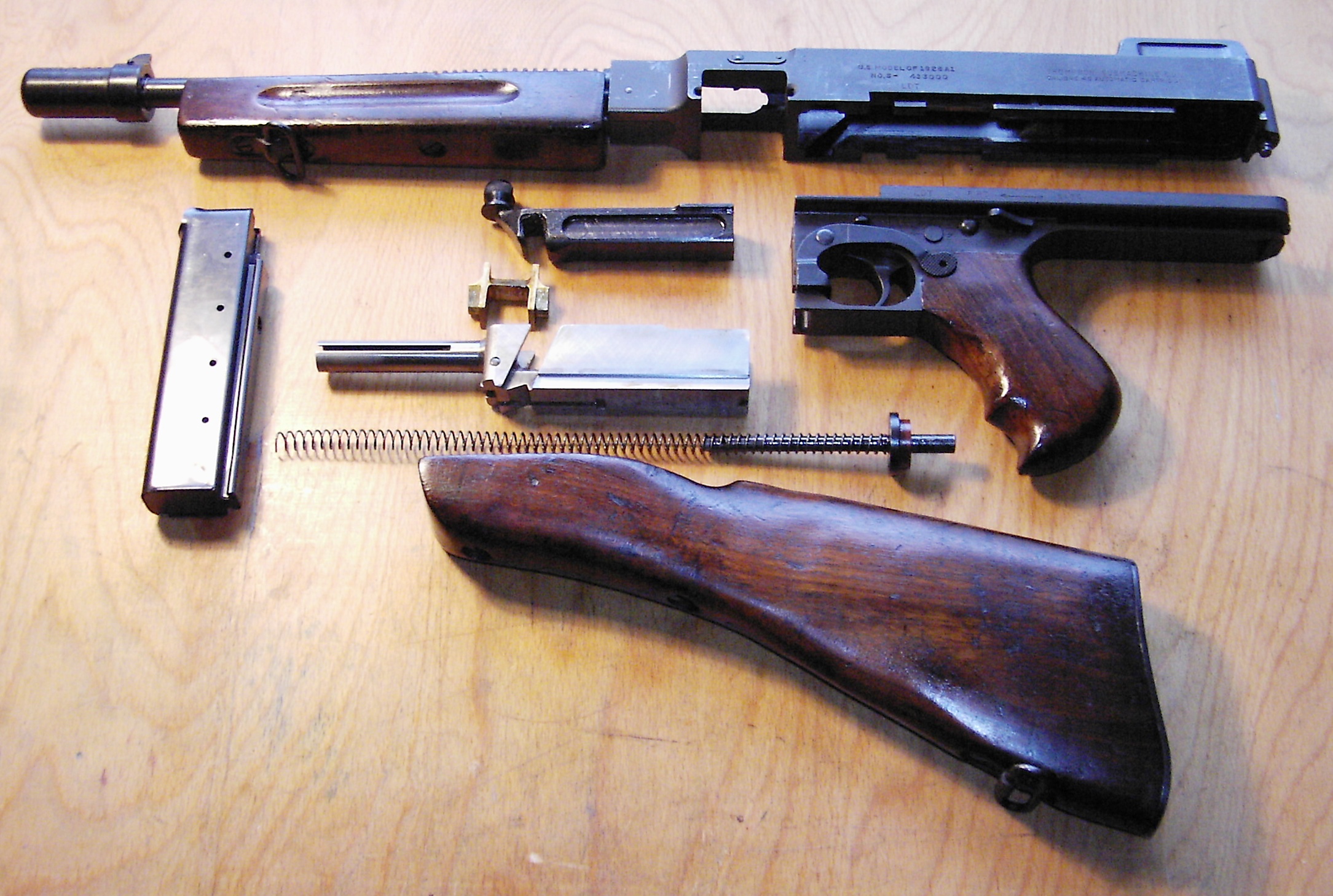While a gun that is in poor maintenance is unlikely to pose an active threat to your life, it could very well be putting you in danger. Whether you will need your gun to function effectively in a self-defense scenario or to hunt, a malfunction could cost you your life. In a self-defense scenario fractions of a second can mean the difference between life and death, and a malfunction can, and has, cost the lives of those who did not properly maintain their firearms. If you are relying on your hunt to provide you with food, you are unlikely to get an animal to hold still for a second shot, and a poorly maintained firearm could cost you your meal and therefore your life. The two most common issues with firearm maintenance are rust due to excessive unaddressed moisture and a build up of dirt or carbon.
Moisture
Moisture, when unaddressed, can cause your weapon to rust. Small amounts of rust can lead to problems like failure to cycle. In a self-defense scenario, this is a deadly problem. For those that are living in an area with a moist climate, the first defense is to keep the firearm as dry as possible when being stored, either by running an a/c or dehumidifier in the room the gun is stored in or placing moisture absorbing products in the safe or case the firearm is in (use care if this is your approach that these products cannot spill on to your firearm and cause further issues). In a moist area, your weapon will need to be cleaned regularly, even if not in use. When you clean your weapon in a moist climate you want to leave a THIN coat of CLP (or other protectant) on your firearm. If you leave too much on, you will need to remove it prior to firing.
Dirt
Those living in a drier area will have an easier time keeping their firearms in operational condition, but will still have to clean them after firing them, and occasionally if they are stored for long periods. The main concern in a dry area will be dirt from the environment and carbon from firing. CLP will work to remove both dirt and carbon. In a dry environment, the firearm should NOT be coated with CLP after cleaning is finished, because this will cause dirt to stick to the firearm. This could gum up the components causing failure to cycle, which could leave you to perform remedial action while your opponent is taking shots at you, or your would be prey is escaping.
Both moisture and dirt are easy to deal with if the problem is addressed. Your firearm is a tool, not a magic talisman that wards off bad guys and causes game animals to turn into meals. If your firearm is not maintained, it will not function the way you need it to. Do not wait until it is too late to address your weapon’s maintained.
If you liked this, you might also enjoy…


